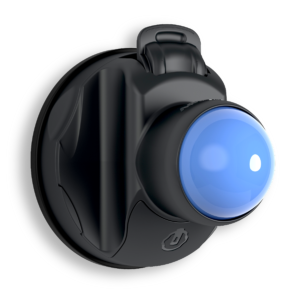
By Lisa Wapass-Phan, lead RMT trainer at rnr Wellness
I see a lot of clients who come in with pain in the back, neck, shoulder and arms and most of the time this is the result of postural dysfunction. Postural dysfunction or “poor posture” is when our spine is put into an unnatural position, in which the spine is exaggerated in the thoracic spine. This prolonged poor positioning causes stress on the joints, muscles and vertebrae.
In our generation we have most people using cell phones, tablets and other wireless devices which causes us to look down and not keep proper posture formation. We tend to sit at desks all day and wear backpacks that are not properly fitted which results in our head protruding forward with an internal rotation of the shoulders, this contributes to an increase in the thoracic spine. This head forward posture means that the posterior muscles of the neck remain contracted in order to hold the head up.
This constant muscle contraction uses up lots of energy and interferes with the circulation making it more difficult for oxygen and nutrients to flow through the tissues. Over time the contracted tissues eventually become hard and fibrous which creates pain and tension in the muscles. As a result, the anterior muscles become weak and inhibited. My advice to my client’s is to be mindful of their posture, not to worry so much about fixing the issue overnight. With postural dysfunction it is a slow progression and takes many years for poor posture to set in and so to fix or help the issue it will take time and patience to achieve their health goals.
Some tips on how to sustain proper posture:
1. Be mindful of slouching when sitting and walking.
2. Engage your core throughout the day, this helps bring your body into proper alignment.
3. Easy exercise to do throughout the day, pulling just your head back, creating a double-chin look, hold this position for a minimum of 10 seconds. (Do 3 sets of 10-15 reps)
4. Bent over rows to help strengthen your mid back. (Do 3 sets of 10-15 reps)
5. Stretch for your pectoralis major, find a door frame and with your arm in 90 degree angle hold it against the frame of the door and lean your body forward. This really helps open up your chest area. (Hold stretch for a minimum of 30 seconds and do several times)
6. Lastly, take diaphragmatic breaths throughout the day, this helps ground us and be mindful of our well being. It helps decrease our sympathetic nervous system from firing. Breath, release and relax

Shop Vertiball on Our Wellness Store
